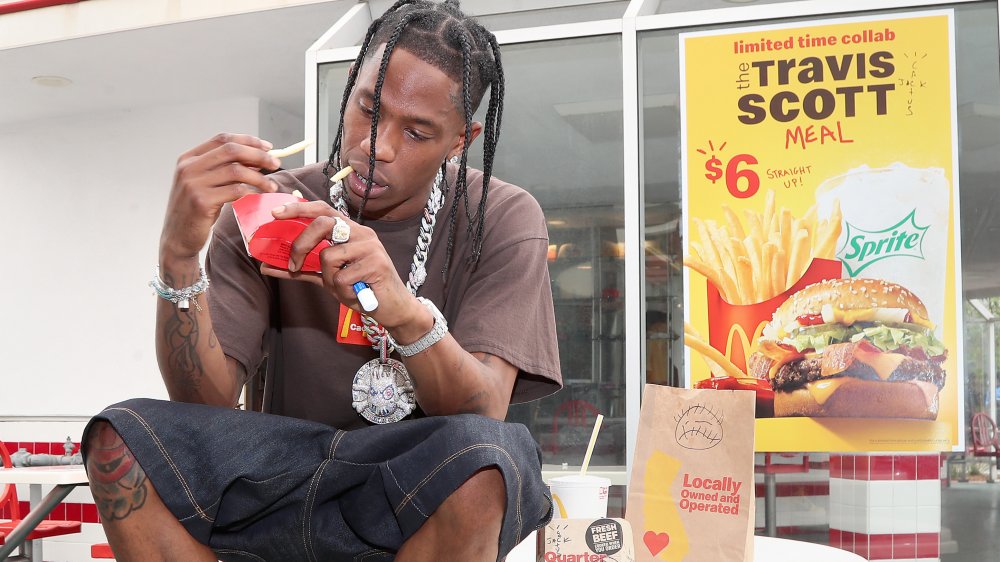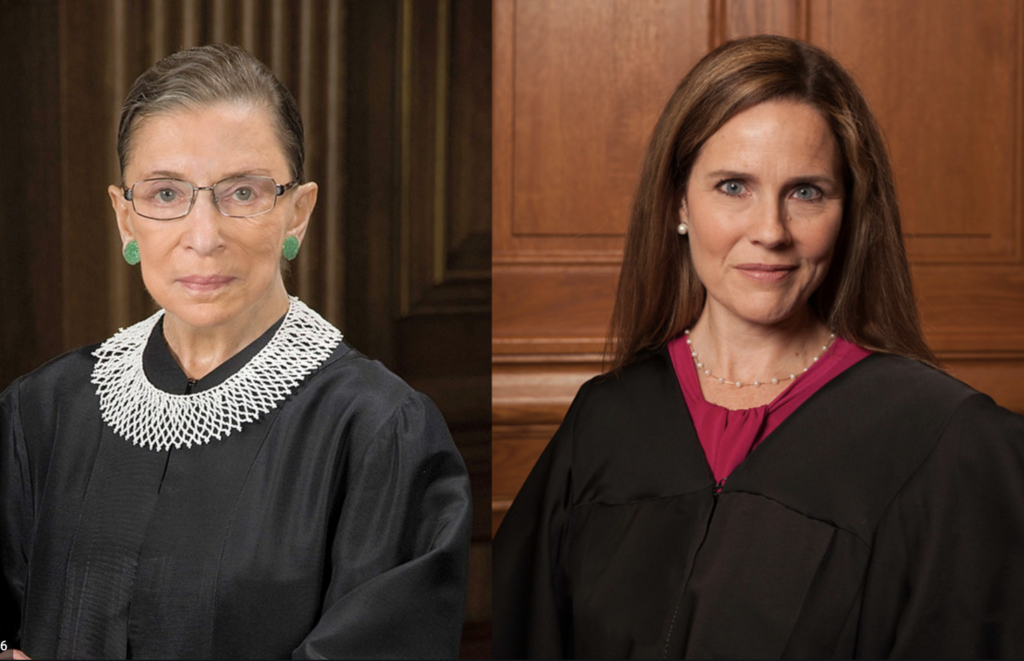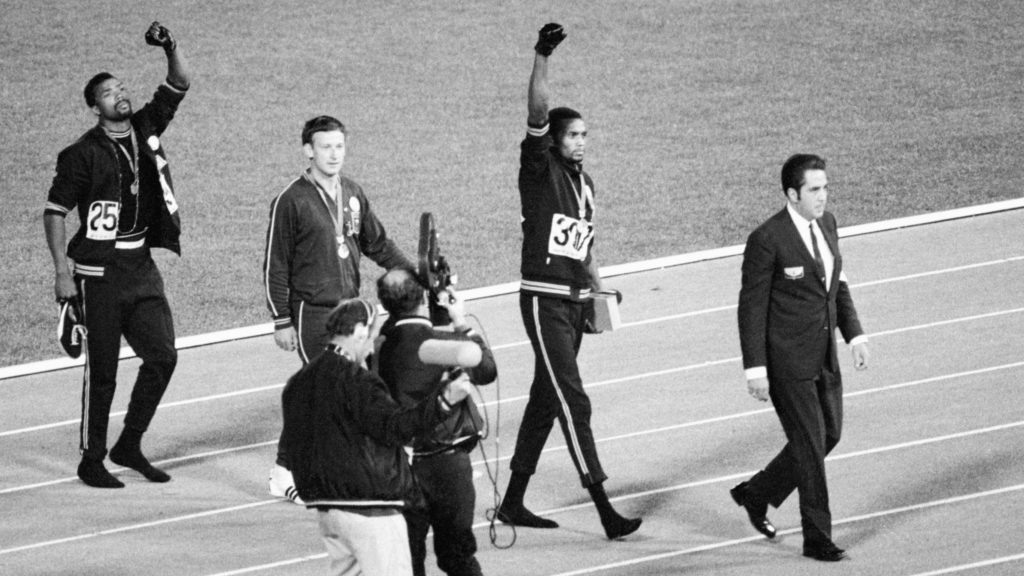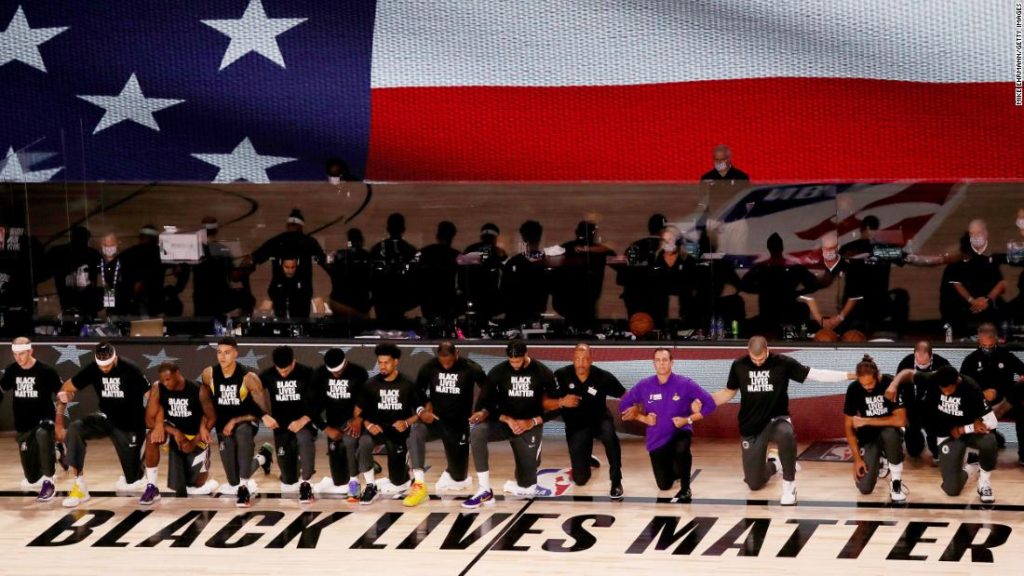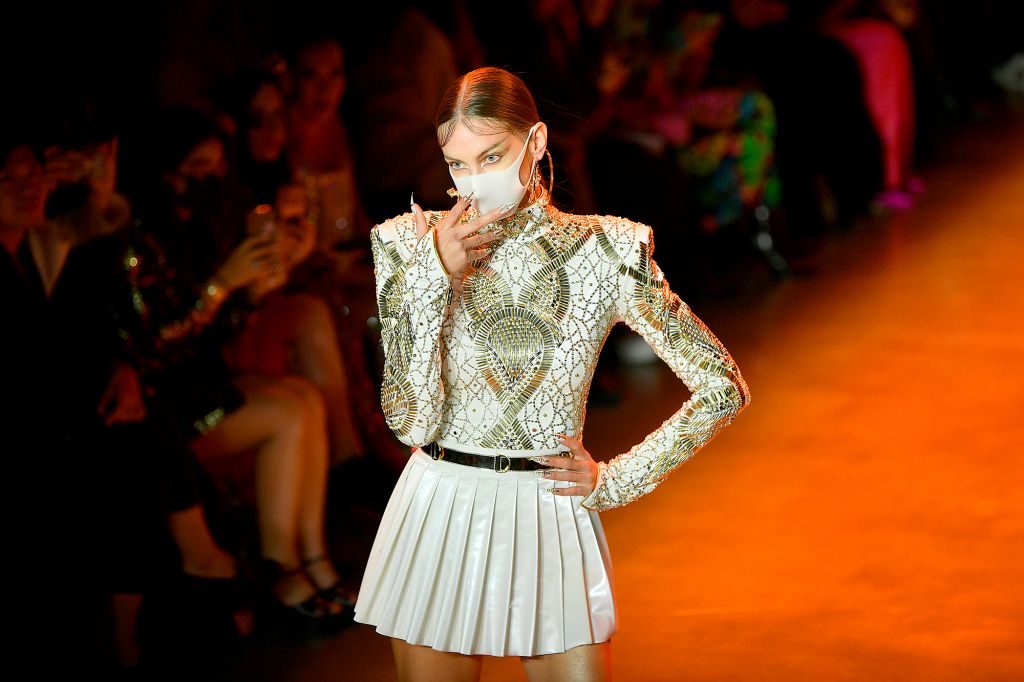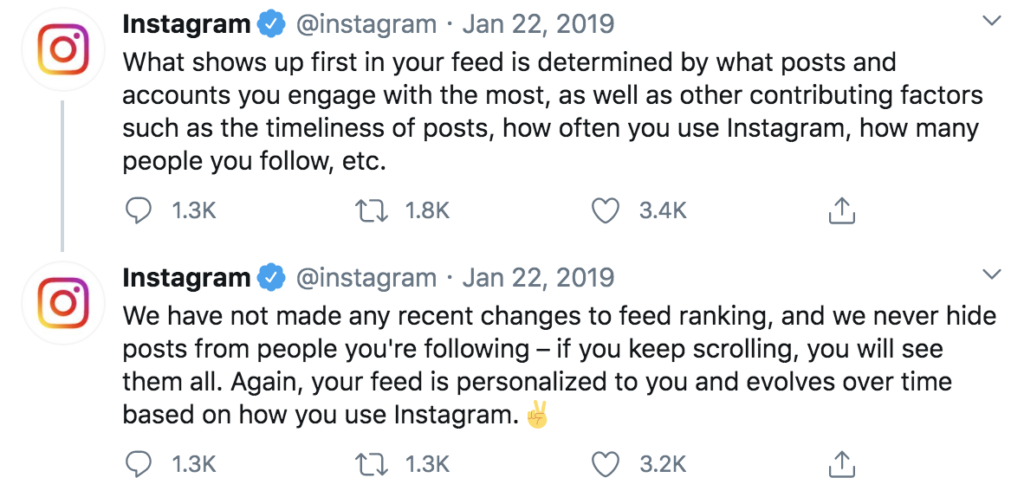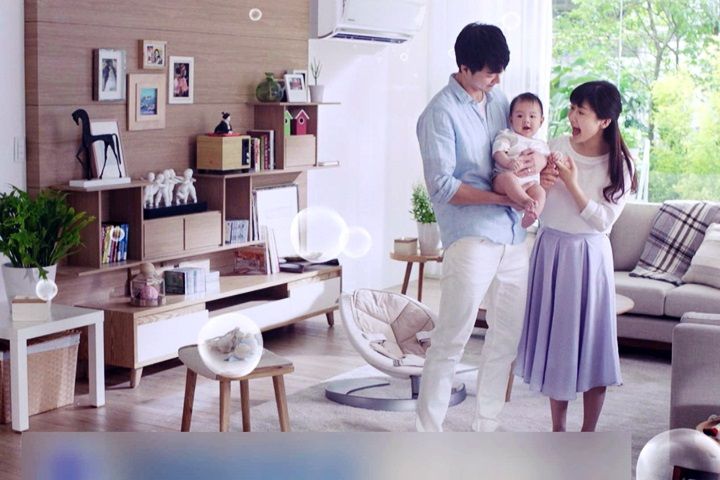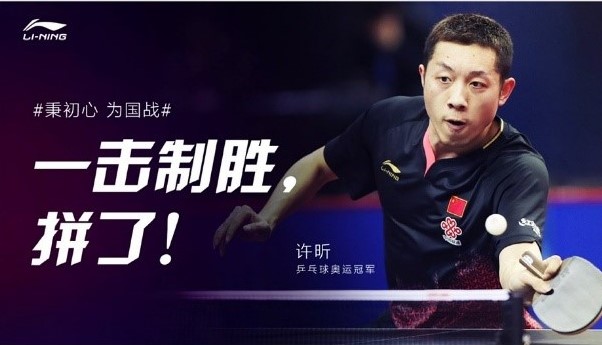
Today, Diet Coke launched a sweepstakes as part of their “Drink it Up” campaign that encourages consumers to submit the name and story of their hero during the pandemic (Adams, 2020). Whether this is someone’s parent, best friend, or a first responder, the selected winners of the sweepstakes will receive a year’s supply of Diet Coke (Adams, 2020).
Despite the caring nature of Diet Coke’s rewarding campaign, one major question arises from this: are marketing methods that involve giveaways or sweepstakes even effective anymore? With a majority of marketing efforts swarming to social media in recent years, there has been a noticeable decline in radio and television-based sweepstakes (Vargo, 2016). Whereas social media gives companies access to engage directly with consumers and generate social buzz, sweepstakes have little impact and are rarely talked about because they only involve a small group of winners, right? Wrong. Giveaways and sweepstakes are actually one of the most effective ways to increase consumer word-of-mouth (WOM) due to experience with a product, which ultimately leads to behavioral residue and reciprocity (Cialdini, 2001; Berger & Schwartz, 2011; Berger, 2013).
Experience with The Product
Giveaways and sweepstakes that involve giving consumers a free or discounted product, such as Diet Coke’s free one-year supply, force the winners to hold and experience the product in-person. Rather than basing their opinions of a product on online reviews or the physical appearance of the product, sweepstakes winners develop stronger and more reliable opinions by actually using the product. Physical, first-hand use of a product provides consumers with more in-depth information about the product that is crucial in creating a decision (Cialdini, 2001). As a result, they are more likely to share their opinions and make recommendations to family and friends, spreading additional WOM about the product that would’ve otherwise not have been shared (Berger & Schwartz, 2011).
Berger and Schwartz (2011) found the presence of a 20 percent increase in WOM when winners of sweepstakes experienced the actual product. Vargo (2016) later expanded upon Berger and Schwartz’s findings by acknowledging a similar increase of WOM communication, but through social media, also referred to as electronic word-of-mouth.
Behavioral Residue
One result of first-hand experience with a product is known as behavioral residue, or the distant traces of consumer behaviors caused by an earlier experience or, in this case, marketing effort (Berger, 2013). Berger (2013) discusses behavioral residue throughout the “Public” section of his book, Contagious: Why Things Catch On. As the class knows, this section involves the action of associating a brand image or personality with a product.
With its “Drink it Up” campaign, Diet Coke’s underlining goal is most likely to associate the boosted self-esteem of praising a hero with the Diet Coke product. Whether or not someone wins the sweepstake and gets to experience the product, simply sending the story with a Diet Coke logo on the page will engage that association with the brand. Nonetheless, this association doesn’t end when the sweepstakes concludes; but instead continues and later reappears as a trigger of similar feelings with future engagements with the brand (Berger, 2013).
Reciprocity

When one person gives someone else a gift or helps when the other person is in need, how does the receiver generally respond? Showing appreciation or returning the favor are typical responses that are ingrained in most cultures. Sweepstakes or giveaways play off of these natural tendencies of appreciation by assuming that giving a gift to a selected consumer will either result in increased positive WOM about the product, or increased future sales of the product (Cialdini, 2001). After all, a year’s supply of Diet Coke is just that, a year’s supply. It won’t last someone their entire life. Therefore, Diet Coke hopes that this kind gesture of a limited, but free, supply of Diet Coke will lead to a loyal purchaser after the year ends.
Although marketing channels have drastically changed within the past decade, giveaways and sweepstakes are still a reliable marketing technique that can even be integrated with social media campaigns. The ability for giveaways to get the product directly in front of consumers, create a positive association between the consumer and the product, and ensure a future loyal consumer all while being a cost-effective option for companies makes them a powerhouse marketing technique.
References
Adams, P. (2020, October 16). Diet Coke lets people reward unsung pandemic heroes with a year of free soda. Retrieved from https://www.marketingdive.com/news/diet-coke-lets-people-reward-unsung-pandemic-heroes-with-a-year-of-free-sod/587191/
Berger, J., & Schwartz, E. (2011). What Drives Immediate and Ongoing Word of Mouth? Journal of Marketing Research, 48(5), 869–880. https://doi.org/10.1509/jmkr.48.5.869
Berger, J. (2013). Contagious : Why Things Catch On (1st Simon & Schuster hardcover ed.). Simon & Schuster.
Cialdini, R. (2001). Harnessing the science of persuasion. Harvard Business Review, 79(9), 72–.
Vargo, C. (2016). Toward a Tweet Typology: Contributory Consumer Engagement with Brand Messages by Content Type. Journal of Interactive Advertising, 16(2), 157–168. https://doi.org/10.1080/15252019.2016.1208125

